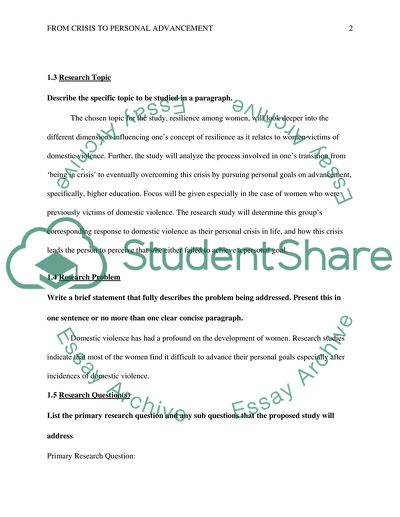Cite this document
(“From Crisis to Personal Advancement:Resilience and its Role in Essay”, n.d.)
Retrieved from https://studentshare.org/family-consumer-science/1586525-from-crisis-to-personal-advancementresilience-and-its-role-in-motivating-pursuit-for-higher-education-among-women-victims-of-domestic-abuse
Retrieved from https://studentshare.org/family-consumer-science/1586525-from-crisis-to-personal-advancementresilience-and-its-role-in-motivating-pursuit-for-higher-education-among-women-victims-of-domestic-abuse
(From Crisis to Personal Advancement:Resilience and Its Role in Essay)
https://studentshare.org/family-consumer-science/1586525-from-crisis-to-personal-advancementresilience-and-its-role-in-motivating-pursuit-for-higher-education-among-women-victims-of-domestic-abuse.
https://studentshare.org/family-consumer-science/1586525-from-crisis-to-personal-advancementresilience-and-its-role-in-motivating-pursuit-for-higher-education-among-women-victims-of-domestic-abuse.
“From Crisis to Personal Advancement:Resilience and Its Role in Essay”, n.d. https://studentshare.org/family-consumer-science/1586525-from-crisis-to-personal-advancementresilience-and-its-role-in-motivating-pursuit-for-higher-education-among-women-victims-of-domestic-abuse.


